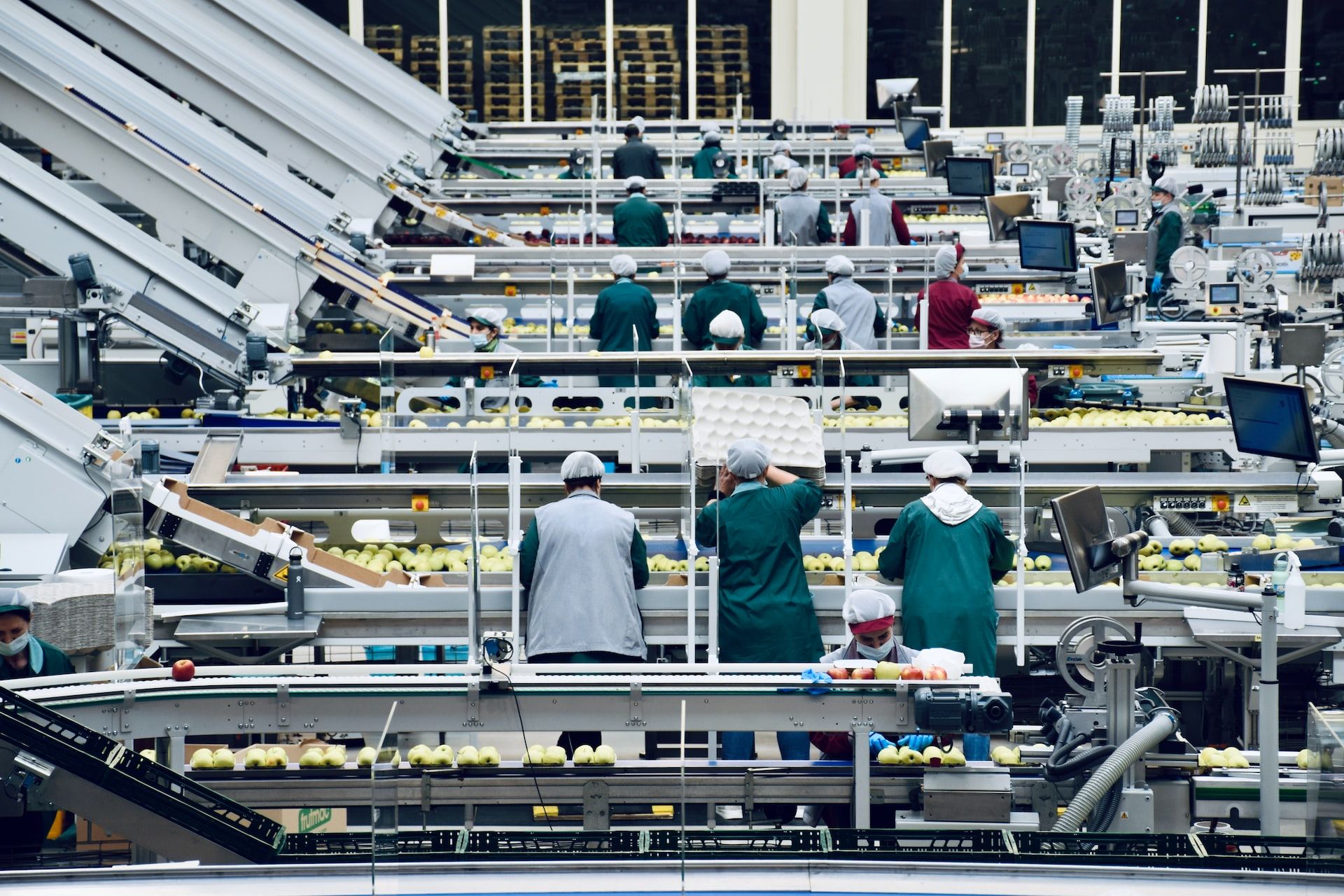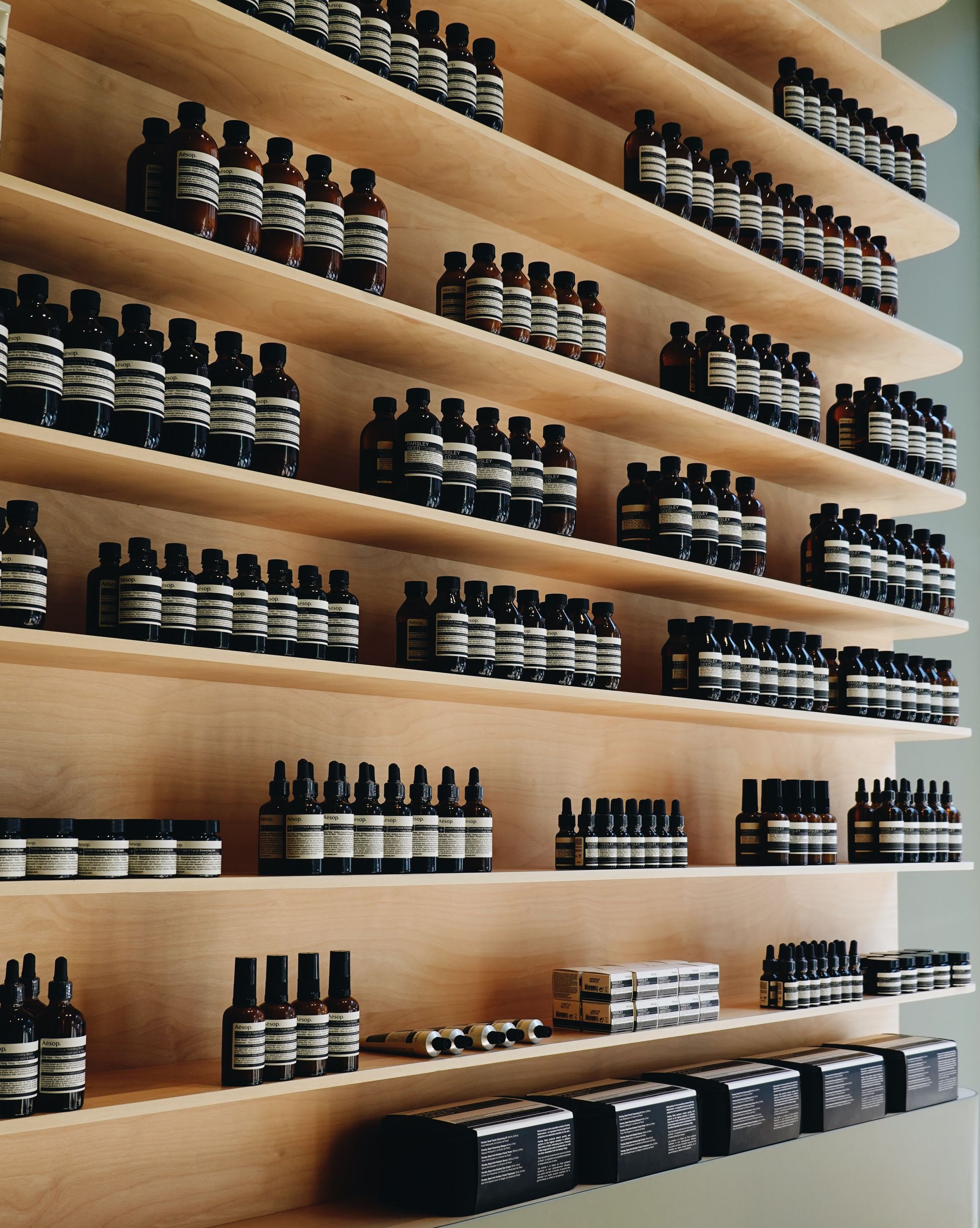As a business owner, it is important that your inventory is always brimmed up. This is not just to do will fulfillment of customer demands but reflects that you care for your customers and don’t want to disappoint them.
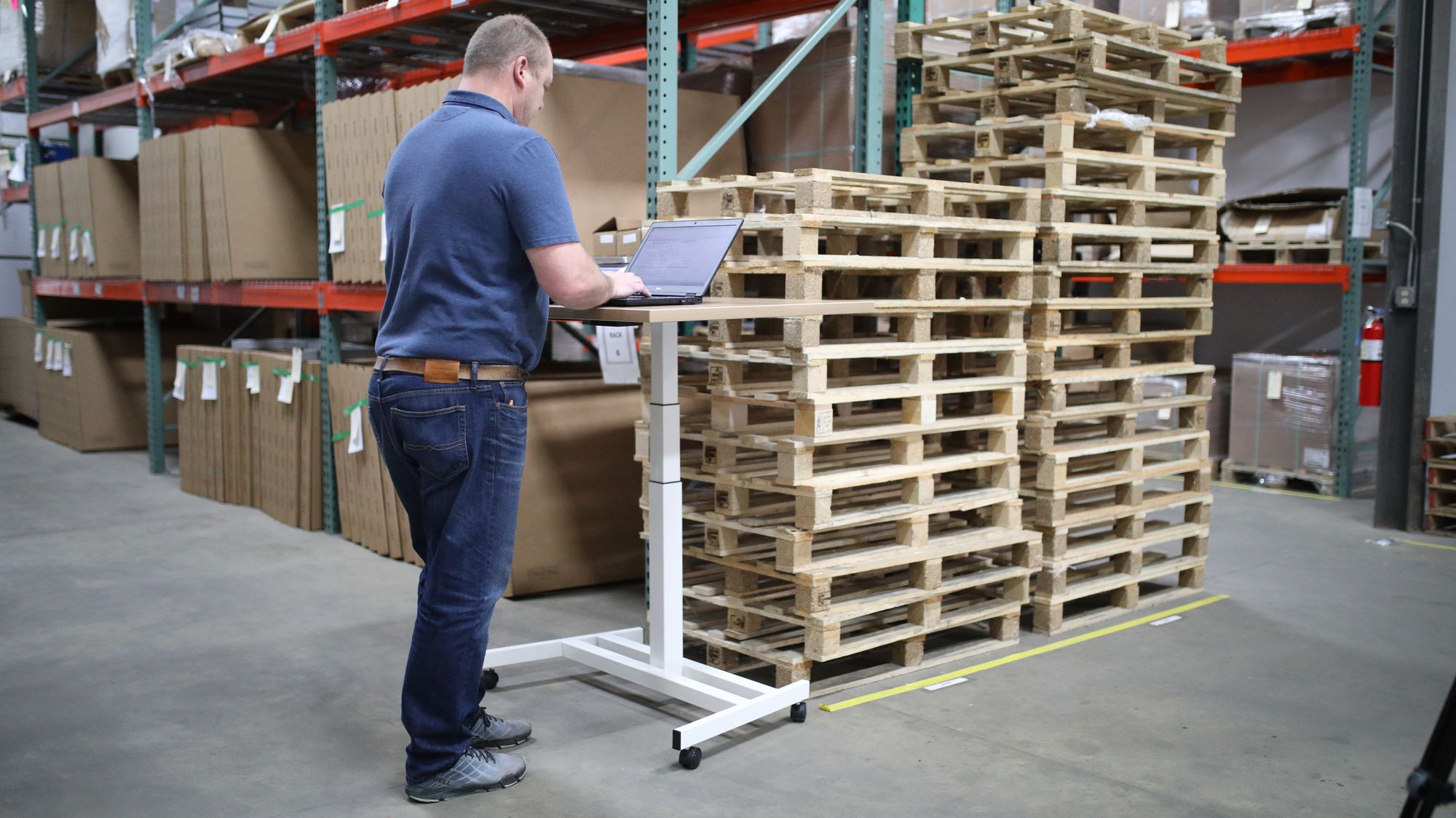
Certainly this is a sign of a great organization. However, how do you make sure that you are never running out of stock? Calculating the fill rate might just be something that you are missing. Let’s find out what is fill rate and why it is important for every business to calculate the fill rate.
This article covers the following:
- What is the fill rate?
- How does the fill rate work?
- What are the types of fill rates?
- Why is it important to calculte fill rate?
- What are the benefits of a fill rate?
- What are the factors that affect fill rate?
- What is a good fill rate percentage?
- How to increase fill rate percentage?
- FAQs fill rate.
- Conclusion
- How can Deskera assist you?
What is Fill Rate?
The percentage of customer orders a company can complete in the wholesale and retail sectors without running out of inventory to do so is known as the fill rate. To gauge how well supply chain management fulfills order needs, you can measure your company's fill rate at any time of the year.
The order fill rate is a standard indicator that assesses a company's ability to instantly complete client orders from inventory stock without placing products on backorder or losing out on sales.
How Does Fill Rate Work?
The procedures below explain how to determine your company's order fill rate:
1. Count all orders that have been shipped
Choose the time period for the fill rate measurement before using the formula. This computation, which you may perform on a monthly, weekly, quarterly, or even annual basis, will allow you to assess how well your company completes customer orders at various points during the year.
Consider the situation where you wish to calculate the fill rate for the most recent quarter. Find out how many orders in total your business shipped to clients during that time. If during the quarter, clients placed 2,300 orders, enter this number in the formula:
Fill rate = (2,300 orders shipped) / (total orders) x 100
2. Subtract the total number of filled orders from the number of sent orders
Find out how many orders customers made overall throughout the measurement period. Assume that clients placed a total of 2,920 orders, using the example value of 2,300 total completed orders. Accordingly, the fill rate is the proportion of orders that are completed out of a total of 2,920 orders. Divide by these values after substituting them in the formula:
Fill rate = (2,300 orders shipped) / (2,920) x 100 = Fill rate = (0.79) x 100
3. Multiply the final result by 100
You should reach a decimal value after dividing. To convert this value from decimal to percentage form, multiply it by 100. The fill rate is shown by the percentage. The fill rate would be as follows using the example numbers of 2,300 completed orders out of 2,920 total client orders for the quarter:
Fill rate = (0.79) x 100 = 79%
The fill rate for this example is 79%. This can be a positive result, depending on the business. For instance, if a business is increasing its fill rate to 79% from a lower percentage, this metric would be a positive improvement from previous periods. The closer to 100% your fill rate is, the higher your company's customer satisfaction rate is as well.
What are the Types of Fill Rates?
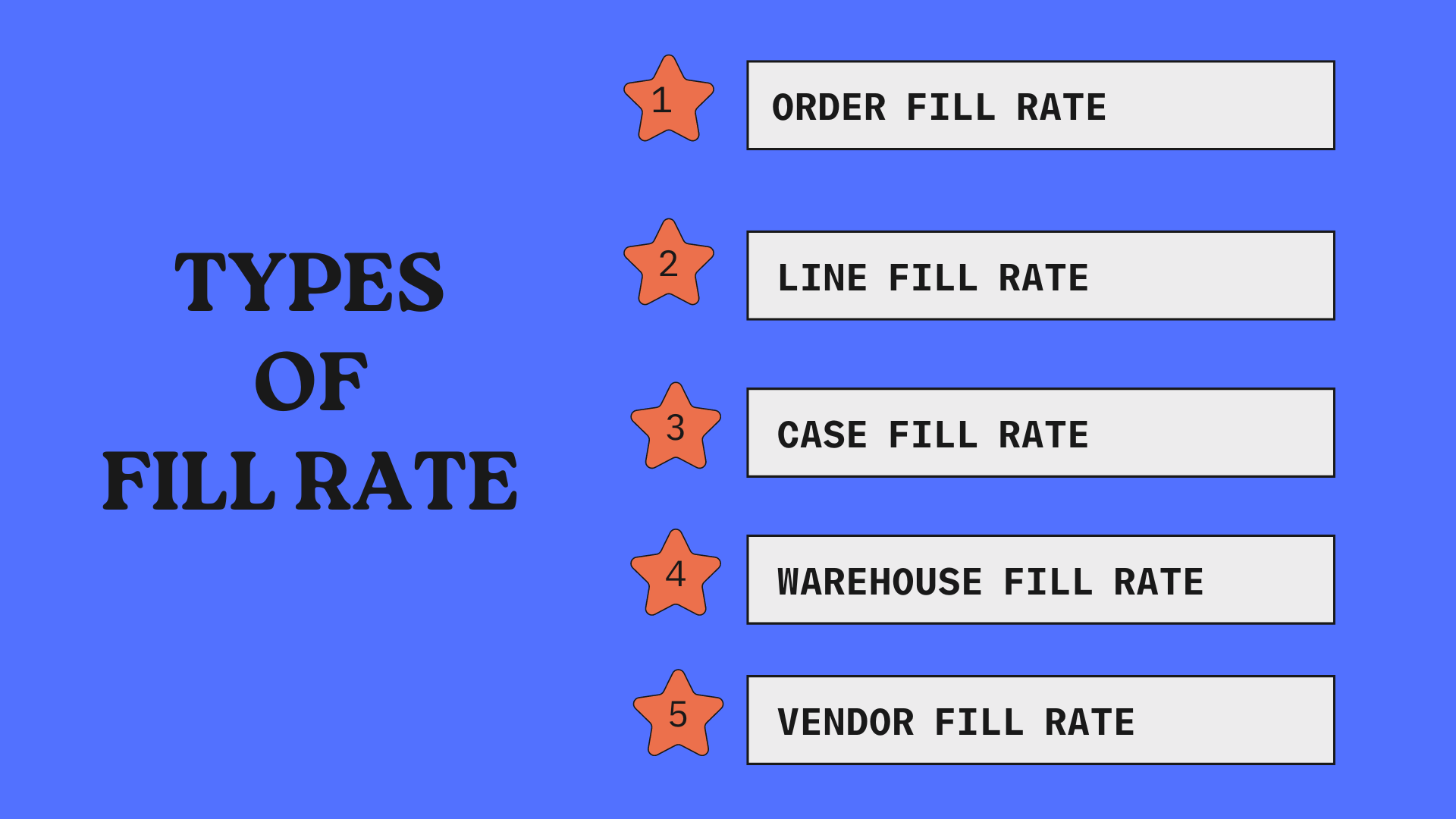
Here are various types of fill rate that you must know about:
Order Fill Rate
The rate that is frequently tracked is the order fill rate since it shows how effectively businesses can meet client needs. High order fill rates are a sign of a company's ability to promptly and effectively complete customer orders.
Line Fill Rate
When customers place orders, businesses list the sales as line items on an order bill. The percentage of order lines that a corporation fills out on the bill compared to the total number of order lines is known as the line fill rate.
Case Fill Rate
The case fill rate, which mostly affects distributors and wholesalers, is the proportion of product cases that a business initially ships out of all the product cases that the business orders.
Warehouse Fill Rate
Order fill rate and warehouse fill rate are both measured in the same way. Managers of supply chains determine what portion of all customer orders are filled and shipped from their company's warehouse.
Vendor Fill Rate
Vendor fill rate is when the businesses buy from suppliers frequently compute vendor fill rate in the wholesale and distribution sectors. Out of all the vendors a company receives orders from, this metric calculates the proportion of vendors who have shipped out orders.
What is the Importance of Calculating the Fill Rate?
The order fill rate is a critical supply chain management measure to monitor since it shows businesses how productive, effective, and quickly teams process and ship out client orders.
Because of this, many businesses aim for order fill rates that are as close to 100% as they can get. Many companies can satisfy client requests, complete orders promptly, and keep high customer satisfaction levels if they have a greater fill rate. Consider a few other justifications for why it's crucial to assess the fill rate.
Improves Reputation
When your business consistently completes customer orders and maintains a high fill rate, it enhances its reputation and builds market trust. This is due to the likelihood that clients will believe they can depend on your business to rapidly process and ship their orders. When first-time clients enjoy the ordering and delivery processes with your business, they are also more inclined to make subsequent purchases.
Improves Customer Loyalty
A high fill rate is also a sign that your business is building long-lasting relationships and retaining devoted clients. Customers are more inclined to make repeated purchases from a business if they believe it can handle and complete orders swiftly. As a result, increasing client retention may be dependent on raising the fill rate.
Improves Operations
Your business may assess how well the supply chain processes are doing by monitoring order, warehouse, case, and vendor fill rates. Lower fill rates can provide more information about the areas of the process that need improvement, and when a corporation is aware of this indicator, it can build plans more effectively. You can examine the strategies you employ to deliver your products to customers by measuring the fill rate, too.
What are the Benefits of Fill Rate?
Here are some of the benefits of fill rate that you must be missing out, let's take a look at them.
Improves Customer Relationship
Whether you respond to their needs right away or make them wait has an impact on your relationship with them. Or worse, force them to visit your rivals? Or have you established yourself as a dependable partner prepared to meet the demands of the market?
Your credibility and the accessibility of your goods are important determinants of the development of enduring relationships with your partners and clients and an increase in their level of loyalty.
Reflects How Well Data is Maintained
Demonstrates your proficiency in data use and inventory management. Are you an experienced manager who excels at utilizing data for long-term business gains? All of that has to do with the internal management tasks you perform that immediately affect your sales prospects.
You may anticipate sustained business growth and a good reputation if you can make data-driven judgments rather than relying on approximations.
Helps you Forecast Sales
If your rate is low, it warns you that you are losing sales and money due to understocking. Your fill rate is 50%. Why does this matter? Only 50 of the 100 orders that your customers ordered were shipped by you.
Just now, you put money on the table. With fill rate information at your disposal, you can spot missed opportunities and manage them right away. What should the ideal fill rate be, and how can it be raised?
What are the Factors that Affect Fill Rate?
Here are some of the key factors that affect the fill rate:
- First and foremost, the products themselves. It's harder to fill some products than others. For instance, filling objects with several nooks and crannies (such as a chocolate bar) is more challenging than filling one solid piece (like a candy cane).
- The procedure for packaging. It will take longer to fill the product and have a lower fill rate if the packing procedure is delayed or ineffective.
- The line's velocity. More goods can be filled in a given amount of time the faster the line speed. As a result, if two lines are operating at different speeds, the faster line will have a higher fill rate.
What is a Good Fill Rate Percentage?
As close to 100% as possible is a desirable fill rate percentage. This means you won’t have to worry about stockouts or backorders because you’ll be able to fill every purchase.
On the other side, reaching a 100% fill rate is nearly unattainable because it would imply having every product requested on hand. The average company’s fill rate is 85-95%, indicating that some products may be out of stock or that demand was higher than expected. Therefore, a 97-99% fill rate should be one of the objectives of every warehousing team.
How to Increase Fill Rate?
Partnering with software is the quickest method to increase your order fill rate. The majority of your eCommerce fulfillment procedures may be automated using software like Deskera.
It's robust proprietary software, which interfaces with your eCommerce store and gives you improved visibility into your inventory management and warehouse operations.
Orders are processed automatically by Deskera so that they can be rapidly added to the fulfillment queue and chosen, packed, and shipped out. Additionally, it does away with the necessity for human input, which reduces the possibility of errors and improves order accuracy.
All of these elements greatly quicken the order-filling process and let you fill more orders at once. Deskera software informs you when you need to reorder and when you are running low on a stock by providing you with complete visibility into your inventory levels.
Additionally, you can configure reorder point notifications so that you never miss a crucial inventory date. Moreover, it leverages past sales information to estimate demand accurately in the future. This makes it possible for you to maintain ideal inventory levels so that you never have filling delays because of stockouts and backorders.
FAQs Fill Rate
What is a suitable fill rate proportion?
A desirable fill rate is between 85 and 95 percent. However, you should aim for a 97 to 99 percent order fulfillment rate for your company.
Could the fill rate exceed 100?
No, the fill rate can only be as high as 100%.
What distinguishes service level from fill rate?
The percentage of the product replenishment cycle that meets continuous customer demand is known as the service level percentage. As it relates to your inventory, the fill rate is different.
What distinguishes an inventory turnover from a fill rate?
Inventory turnover is a ratio that illustrates how inventory is managed and used in relation to the price of items sold to customers.
What are a few typical reasons for a low fill rate?
Insufficient fill rates are frequently caused by poor inventory analytics and management, order fulfillment delays, low product stock levels, and a broken supply chain.
What common fill rate measures are there?
You must consider a variety of fill rate variables when predicting the fill rate, including SKU fill rate, Line count fill rate, value fill rate, and case fill rate.
Conclusion
When managing inventory and predicting consumer demand, the fill rate is an essential measure to monitor. You can make sure your company is consistently meeting consumer demands and expectations by understanding fill rate, how to evaluate it, and what factors affect it.
Deskera offers on-demand storage and shipping options if you need assistance filling orders. This will increase your fill rate and enhance your bottom line. To find out more about our services, contact us right away.
How Can Deskera Assist You?
Remember discussing best-in-class inventory software? There is no way you can find anything as well-equipped as the Deskera inventory software. Deskera inventory software allows you to closely monitor the manufacturing process.
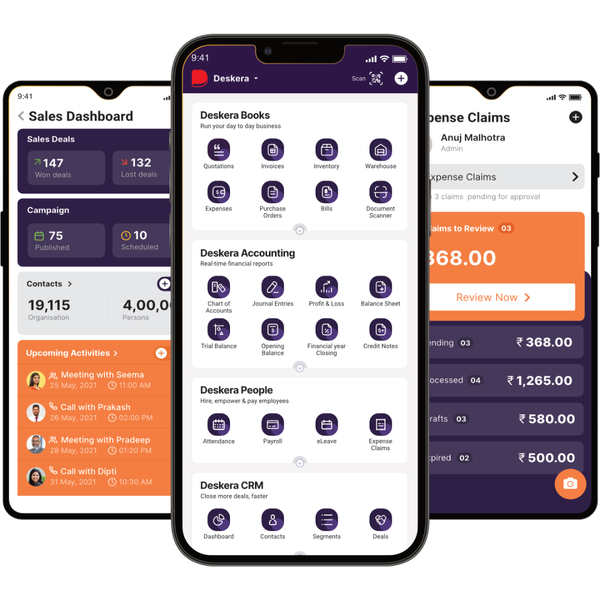
Key Takeaways:
- The percentage of customer orders a company can complete in the wholesale and retail sectors without running out of inventory to do so is known as the fill rate.
- The order fill rate is a standard indicator that assesses a company's capacity to instantly complete client orders from inventory stock without having to place products on back order or lose out on sales.
- High order fill rates are a sign of a company's ability to promptly and effectively complete customer orders.
- The rate that is frequently tracked is the order fill rate since it shows how effectively businesses can meet client needs.
- The case fill rate, which mostly affects distributors and wholesalers, is the proportion of product cases that a business initially ships out of all the product cases that the business orders.
- Order fill rate and warehouse fill rate are both measured in the same way.
- Businesses that buy from suppliers frequently compute vendor fill rates in the wholesale and distribution sectors.
- The order fill rate is a critical supply chain management measure to monitor since it shows businesses how productive, effective, and quickly teams process and ship out client orders.
Related Articles:



